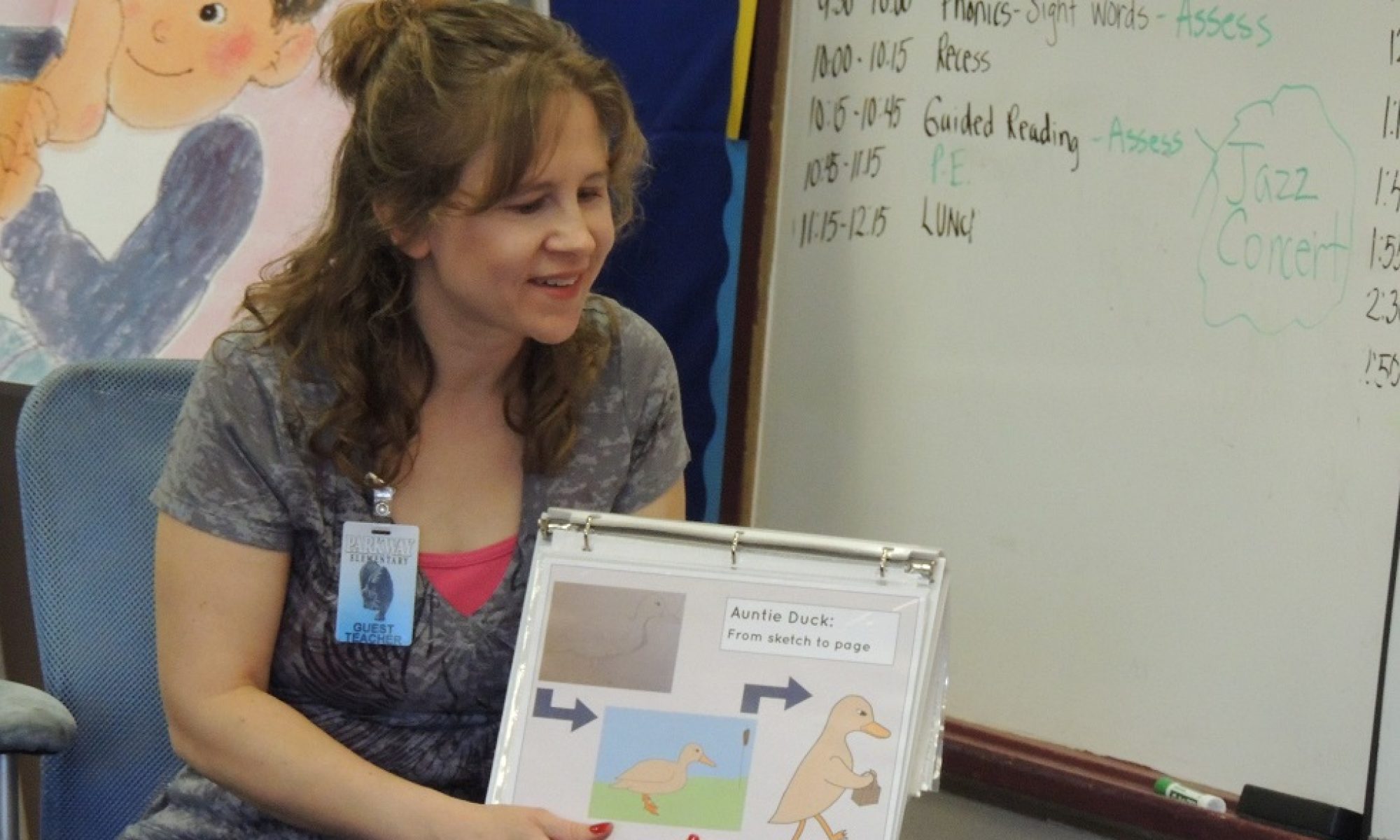The first three books in a new series, the Dolch Pre-Primer Sight Word Story Series, are now available as Kindle books. These books break reading down into bite-size chunks that a young reader or a struggling reader can handle without feeling overwhelmed.
The Dolch Pre-Primer Sight Word Story Series introduces readers to the 40 “service words” on the Dolch Pre-Primer Sight Word List. There will be a total of 14 stories. Ten stories introduce new words and the other four stories reinforce words the reader has already learned.
Each book in this series introduces four sight words, tells a story that includes each sight word at least three times, and then reinforces the learning through review activities.
In designing these books, care has been taken to help readers by:
- Limiting the learning focus to four words, well within the bounds of short-term memory retention
- Introducing the sight words at the beginning to familiarize the reader with these focal words
- Utilizing a short, simple story that provides the accomplishment of reading a complete story
- Including review activities to help reinforce the story and the sight words
- Using limited vocabulary
- Using repetition
- Using large text in an easy-to-read font
- Using consistent placement of text to alleviate confusion for where to continue the story on successive pages
The remaining titles in this series will release in Fall 2016 and Winter 2016/2017. You can find a complete list of the books in the Dolch Pre-Primer Sight Word Story Series, including the Dolch Pre-Primer Sight Words introduced in each, on the Early Reader Page.
To preview and/or purchase any of these books, please click on the images at the top of this screen, or on the icons below:


















